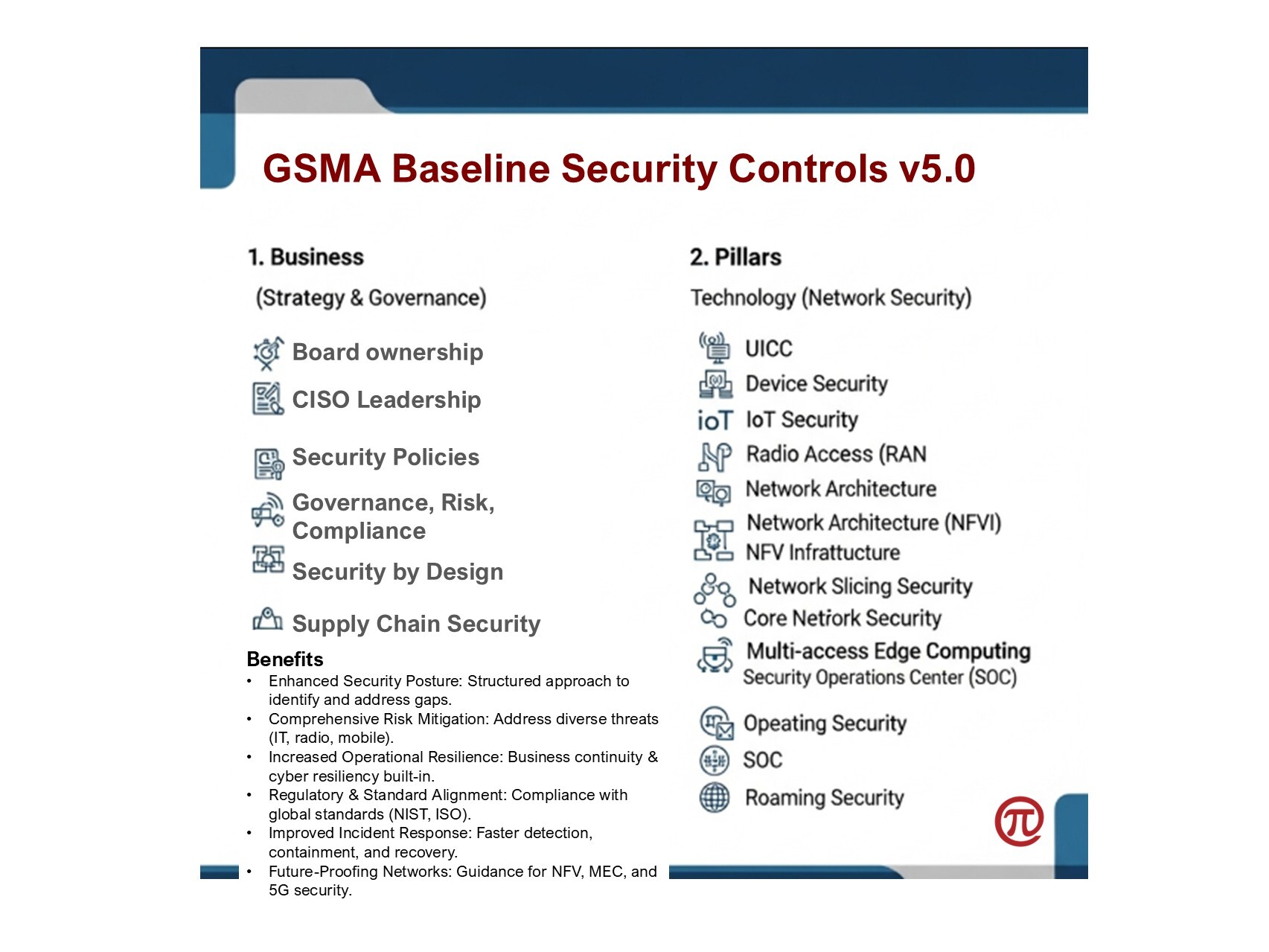EU's Cyber Resilience Act: Decode the Mandate, Defend Your Devices
The European Union's Cyber Resilience Act (CRA) is poised to reshape the cybersecurity landscape for any company producing or selling products with...
5 min read
![]() Palindrome Technologies
:
Jun 3, 2025 1:38:13 PM
Palindrome Technologies
:
Jun 3, 2025 1:38:13 PM

The Unseen Shield: Unpacking Baseline Security Controls for Telecom Resilience
Protecting mobile telecommunications networks is a critical and complex endeavor. As the industry diversifies beyond traditional connectivity into content and managed services, and with billions of users relying on operators for their fundamental right to connectivity, the threat landscape is a mix of traditional IT, radio, and mobile-related threats. The GSMA's "Baseline Security Controls" document (FS.31 v5.0) offers a comprehensive framework to help Mobile Network Operators (MNOs) build and enhance their security posture to a foundational level.
From a practitioner's standpoint, this document serves as an invaluable guide, not as a rigid mandate, but as a voluntary scheme for self-assessment and improvement. It's a living document, having evolved through several versions, with the latest (v5.0) released on April 29, 2025, incorporating significant updates related to edge computing, network function virtualization, network slicing, and orchestration.
The controls are categorized into two main areas:
For telecom organizations, adopting these baseline security controls offers several key benefits:

In anticipation of evolving threats, Palindrome Technologies is uniquely positioned to assist service providers in enhancing their security posture based on the principles outlined in the GSMA Baseline Security Controls. We offer:
By partnering with Palindrome Technologies, service providers can confidently navigate the complex security landscape, build a resilient and secure network, and protect their critical assets and customer information in the face of ever-evolving cyber threats.
The European Union's Cyber Resilience Act (CRA) is poised to reshape the cybersecurity landscape for any company producing or selling products with...
Introduction: Why Zero Trust Matters for Your Business
An Authoritative Report on FTC AI Enforcement and Corporate Risk Management
In an increasingly digital world where children are active participants, the need to protect them online has never been more critical. The ...